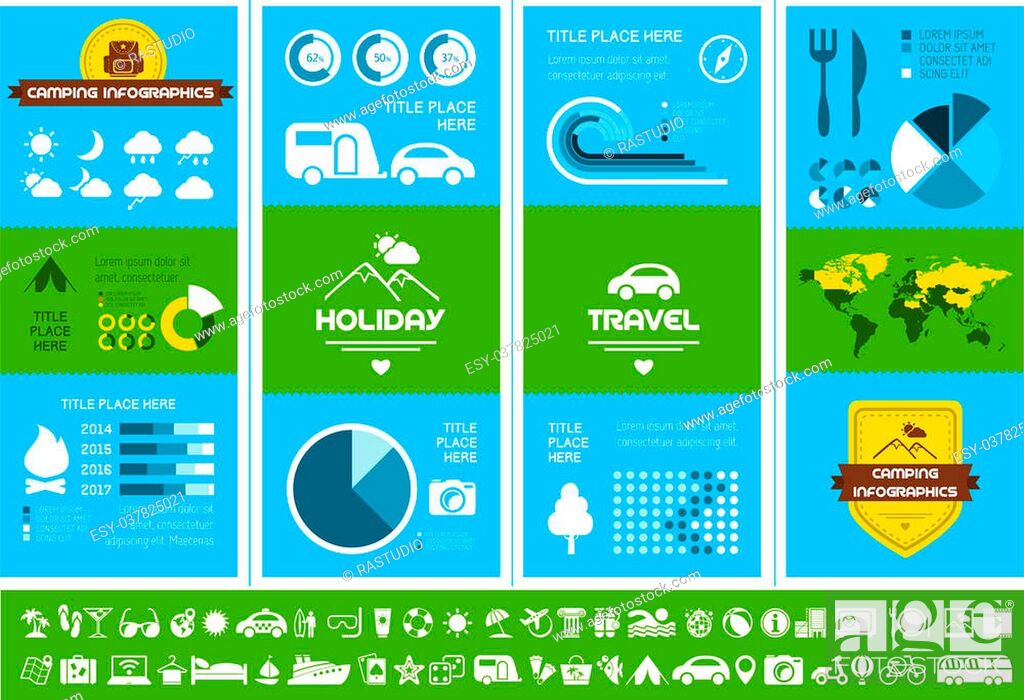Luxury Furniture Ideas For Glamping Wall Tents
The Advantages and disadvantages of Cotton Vs Polyester CanvasPolyester textile finds a diverse range of applications across the garment industry. Whether you're an artist looking for a steady painting surface or a maker looking for strong ornamental products, polyester canvas supplies the right equilibrium of toughness, versatility and environment-friendly qualities.
Nonetheless, some people favor cotton for its breathability and softness. Garment decorators might want to think about a 50/50 Cotton/Polyester blend for jobs that need both resilience and comfort.
Expense
Cotton canvas is a lot more pricey than polyester due to its resource-intensive cultivation process. It likewise needs cautious handling and storage space to maintain its quality in time. These added costs can increase the overall cost of production for artists and makers.
One more disadvantage to cotton canvas is its susceptibility to fading and damage from UV direct exposure. This can lead to reduced shade vibrancy with time and a loss of architectural honesty, especially in areas that experience regular get in touch with or hefty load-bearing.
In contrast, polyester is an artificial fiber that's crafted for uniformity and sturdiness. This makes it a more cost-efficient option for makers and buyers, especially in locations where durability is a leading priority. The material's stamina likewise supplies improved resistance to wrinkles and cracking in time. The synthetic nature of polyester, nevertheless, can leave a larger environmental impact than cotton canvas if it's not sourced from organic or low-impact systems. This is an important consideration for companies striving for sustainability and eco-conscious branding.
Resilience
In the market for canvas rolls, customers face a wide variety of choices with competing priorities. Cotton uses natural structure and breathability, perfect for brands focused on sustainability and craftsmen craftsmanship. Polyester, on the other hand, provides a well balanced mix of strength and security and printing efficiency with color vibrancy and toughness.
Ultimately, the material you pick for your items must mirror the directing concepts of your brand tale and values. While cotton can provide a premium aesthetic, it's also susceptible to shrinkage and maintenance costs, while polyester enables better production efficiency and long-lasting price efficiency.
Both textiles are durable and execute well in wet settings, however their contrasting qualities make them suitable for various applications. Cotton canvas is a lot more breathable, decreasing the threat of mold and mildew and mildew in areas with high moisture. Polyester, on the other hand, is water-resistant and dries quickly in settings where wetness can be troublesome. This can lower the risk of dampness build-up in the textile, stopping warping or rot in your product in time.
Convenience
When evaluating material options for your brand name-- whether you're beginning a workwear line or a comfortable loungewear brand name-- the type of cotton or polyester canvas you select impacts how your items look, feel, and wear. While all canvas kinds support print-on-demand and offer high form stability, they vary in shade discussion and printing sturdiness, comfort, and sustainability.
Cotton and cotton-polyester blends offer a soft appearance, all-natural organic appearance, and remarkable warmth equilibrium compared to synthetic choices. Cotton's fibers wick dampness away from the skin and allow warm to get away, making it optimal for clothes that requires long term wear in warm atmospheres.
On the other hand, polyester's artificial nature and petroleum-based manufacturing process have an adverse power balance, which can make it less green than cotton over time. Polyester's abrasion resistance and water-repellency are exceptional, however, which makes it the ideal option for hefty loads or extreme weather conditions like rainstorms or marine setups.
Ecological Influence
Whether choosing cotton or polyester, the suitable material for customized manufacturing depends upon product efficiency goals. Strength, sturdiness, and long life are very important factors when developing products that will endure repetitive abrasion, hefty load-bearing, or high tension points. Water resistance, joint integrity, and UV stability are likewise essential to long-term success in exterior and moist atmospheres.
While both materials can perform well in these locations, their environmental influence is a little different. Cotton's all-natural, breathable building and construction needs significantly much more sources for farming than polyester's synthetic fibers.
When picking an ecologically lasting fabric, consider a wide range of effect analysis techniques to assess the full tent flooring environmental footprint of your product. Some focus on details impacts (like global warming capacity, water usage, and shortage) while others rely on more holistic analyses like ReCiPe, ILCD, CML, and Eco-indicator 99.
